
What’s the Best Treatment for Poor Circulation in Hands and Feet?
Discover the best treatments for poor circulation in hands and feet. Learn causes, symptoms, and expert vein care options from Dr. Keith S. Moore at CVR.

Yes, Young Adults Can Get Varicose Veins. Learn Why.
Varicose veins aren’t just an issue for older adults; young people in their 20s, 30s, and 40s can develop them, too. In this medically reviewed blog, a Center for Vein Restoration vein specialist explains how genetics, hormones, height, and lifestyle factors contribute to early-onset venous insufficiency. Learn the early signs of vein disease, why leg pain or visible veins shouldn’t be ignored, and how today’s minimally invasive treatments can help restore healthy circulation and confidence at any age.
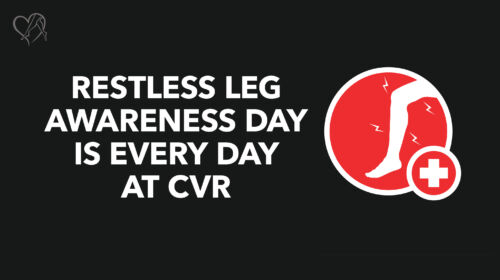
Restless Leg Awareness Day is Every Day at CVR
Discover the connection between restless leg syndrome (RLS) and chronic venous insufficiency (CVI) in this medically reviewed blog from Center for Vein Restoration (CVR). Learn how poor vein circulation, varicose veins, and venous reflux can contribute to the uncomfortable sensations that keep you up at night—and how modern, minimally invasive vein treatments can bring real relief. Find out why at CVR, every day is Restless Leg Awareness Day, and every day is an opportunity for healthier, more restful legs.

What are Venous Stasis Ulcers?
Learn what venous stasis ulcers are, why they form, and how early treatment can prevent serious leg wounds. This medically reviewed guide from Center for Vein Restoration explains how chronic venous insufficiency causes ulcers, outlines key risk factors like varicose veins and swelling, and highlights today’s minimally invasive treatments that restore circulation, promote healing, and protect long-term vein health.

Skin Changes and Varicose Veins: What's the Connection?
Learn how darkening, itching, or hardening skin around your ankles may signal an underlying vein problem. This medically reviewed blog explains how varicose veins and chronic venous insufficiency cause visible skin changes and highlights today’s advanced, minimally invasive treatments that restore healthy circulation and comfort. Discover the warning signs of vein disease and how to keep your legs looking and feeling their best.
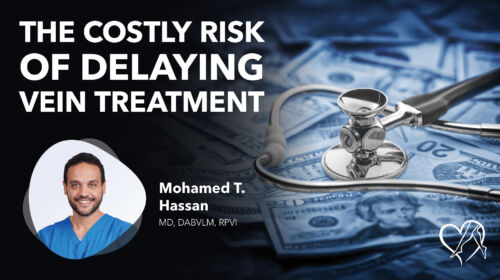
The Costly Risk of Delaying Vein Treatment
Chronic venous insufficiency (CVI) affects more than 25 million Americans, yet many delay or mismanage treatment—leading to pain, swelling, ulcers, and costly complications. This medically reviewed blog by Dr. Mohamed Hassan explains why early diagnosis and minimally invasive vein treatments are essential to prevent disease progression, reduce healthcare costs, and restore comfort and mobility.
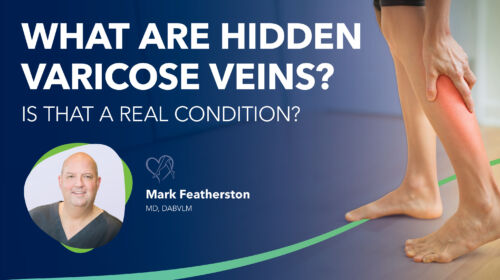
What are Hidden Varicose Veins? Is That a Real Condition?
Hidden varicose veins, also known as invisible or occult varicose veins, are deeper malfunctioning veins that don’t appear on the skin’s surface but can still cause leg pain, swelling, and heaviness. This medically reviewed blog explains what hidden varicose veins are, how they’re diagnosed with duplex ultrasound, and why early treatment is essential to prevent chronic venous insufficiency.
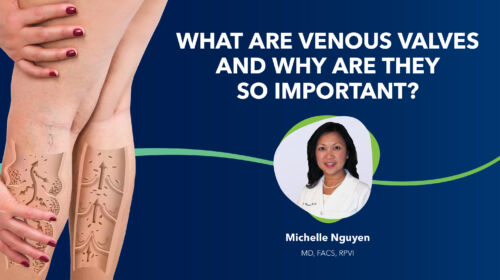
What Are Venous Valves and Why Are They So Important?
Your vein health depends on the tiny venous valves that keep blood flowing upward toward your heart. This medically-reviewed blog explains how these one-way structures prevent varicose veins, leg pain, and swelling, and what happens when they fail. Learn how modern, minimally invasive vein treatments can restore healthy circulation and keep your legs feeling light and strong.
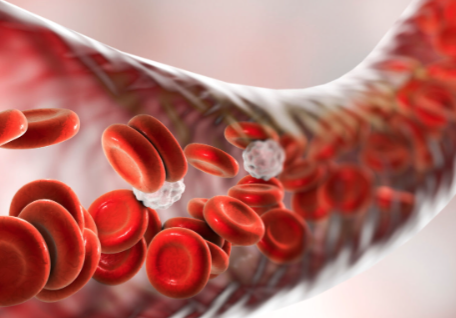 About Vein Disease
About Vein Disease
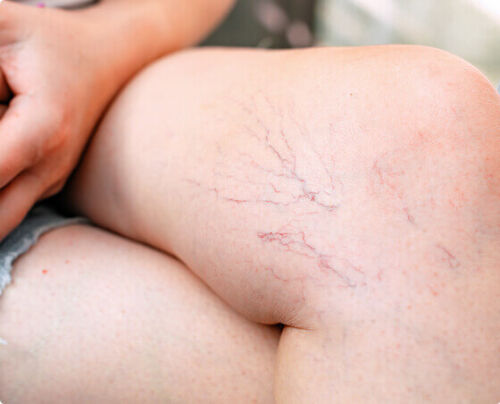 Spider Veins
Spider Veins
 Varicose Veins
Varicose Veins
 Vein Disease Treatments
Vein Disease Treatments
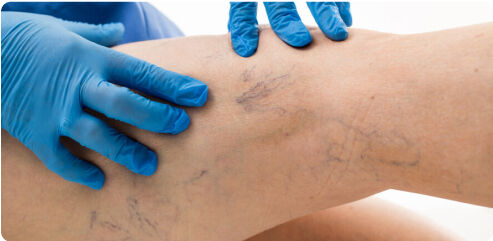 Treating Spider Veins
Treating Spider Veins
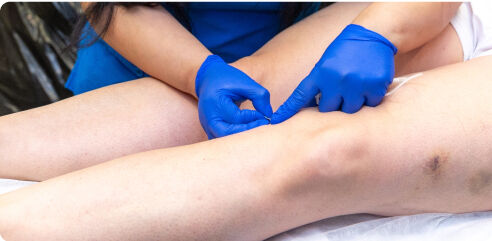 Treating Varicose Veins
Treating Varicose Veins
 About Us
About Us
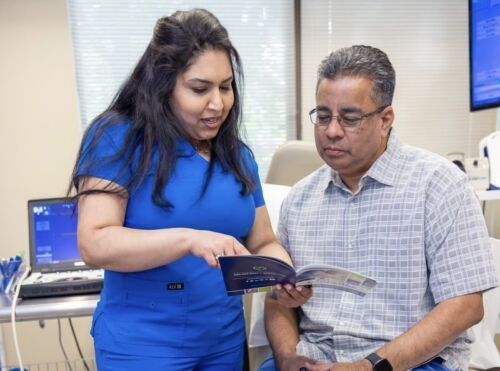 Patient Resources
Patient Resources
 Physician Resources
Physician Resources

